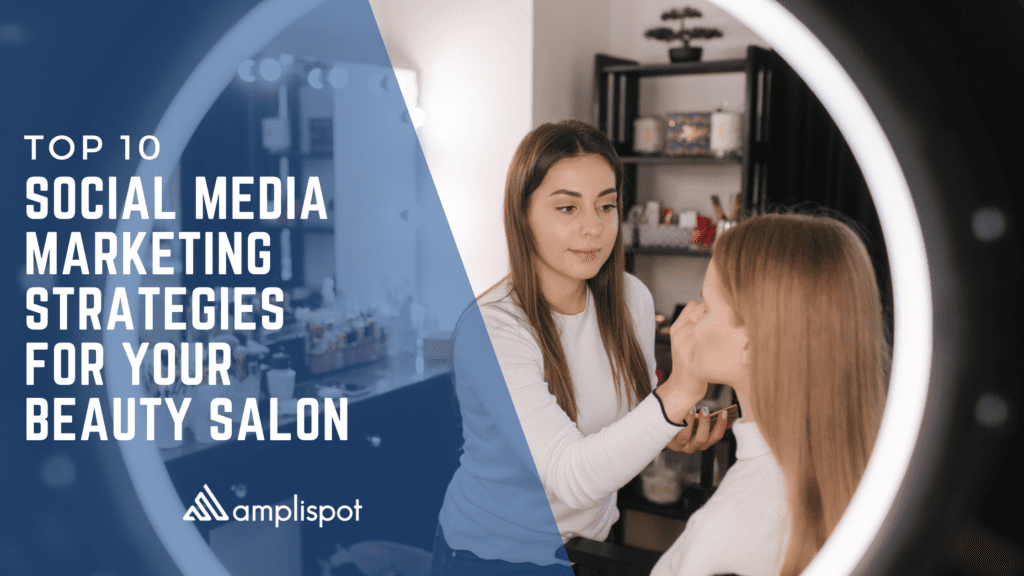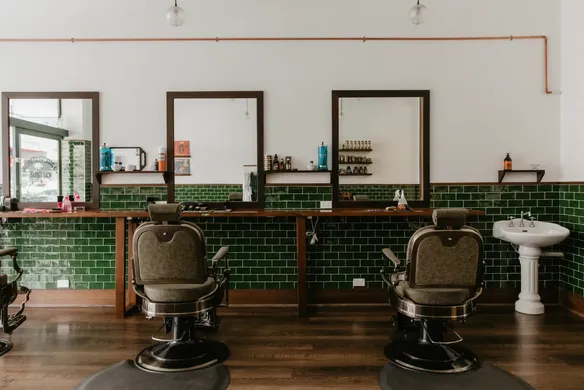Unlock the secrets to skyrocketing your beauty salon’s online presence and attracting a wave of new clients with these insider tips!

Image courtesy of Tima Miroshnichenko via Pexels
Table of Contents
In today’s digital age, having a strong online presence is crucial for businesses in the beauty and hair industry to thrive. From hair salons to beauty bars and medical spas, the competition is fierce, and standing out from the crowd requires effective marketing techniques. In this blog post, we will delve into the world of marketing, SEO, and paid strategies specific to the beauty and hair industry. Whether you own a nail salon, provide body enhancements, or specialize in microblading, this comprehensive guide will equip you with valuable tips and tricks to reach and attract your target audience.
The Importance of Marketing in the Beauty and Hair Industry
Marketing plays a vital role in the success of any business, including those in the beauty and hair industry. By implementing effective marketing strategies, you can boost your brand visibility, attract new clients, and foster customer loyalty. Here are a few tips to get started:
Understanding Your Target Audience
Before implementing any marketing campaigns, it’s important to have a clear understanding of your target audience. Conduct market research to identify their preferences, likes and dislikes, and demographics. This information will help you tailor your marketing efforts to resonate with your target audience and increase the chances of attracting potential clients.
Utilizing Social Media Platforms
Social media platforms such as Instagram, Facebook, and Pinterest are excellent tools for promoting your beauty salon. Create visually appealing content that showcases your services, products, and satisfied customers. Engage with your audience by responding to comments and messages promptly. Share informative and entertaining content that is relevant to your target audience’s interests.
Mastering SEO for Beauty and Hair Related Blogs
Search Engine Optimization (SEO) is a powerful tool that can help your beauty salon website rank higher in search engine results, thereby increasing organic traffic. Here are a few SEO tips to boost your digital presence:
Conducting Keyword Research
Use keyword research tools to identify popular search queries related to beauty and hair services. Incorporate these keywords naturally into your website content, blog posts, and meta tags to improve your website’s visibility in search engine results pages.
Writing Captivating and SEO-Friendly Blog Articles
Create blog articles that provide valuable information to your target audience. Develop engaging and informative content on topics such as hair care tips, beauty trends, and product reviews. Be sure to optimize each blog post with relevant keywords, appropriate headings, and meta descriptions to enhance its search engine visibility.
Paid Marketing Strategies to Reach Your Audience
In addition to organic marketing efforts, investing in paid marketing strategies can accelerate your salon’s growth. Here are a few paid marketing strategies to consider:

Image courtesy of amplispot.com via Google Images
Pay-Per-Click (PPC) Advertising
Set up PPC campaigns on platforms like Google Ads and social media platforms. Target specific keywords and demographics to ensure your ads reach the right audience. Design captivating ad copy and visuals that entice users to click and convert. Monitor and optimize your campaigns regularly to maximize your return on investment.
Retargeting Techniques
Implement retargeting strategies to reach potential clients who have previously visited your website. Set up tracking pixels and create personalized ads that remind them of your salon. This can help increase brand recall and lead to conversions.
Industry-Specific Tips and Tricks for Marketing Success
Every segment of the beauty and hair industry has its unique requirements and challenges. Here are some industry-specific tips to enhance your marketing efforts:
Beauty: Leveraging Influencer Partnerships
Collaborate with popular beauty influencers to promote your salon’s products or services. Influencers can showcase their experience with your salon, review products, and recommend your services to their loyal followers.
Hair Salon: Implementing Loyalty Programs and Referral Initiatives
Reward repeat customers with loyalty programs and encourage them to refer your salon to their friends and family. Offer discounts, exclusive perks, or special promotions to incentivize their loyalty and word-of-mouth referrals.
Niche Marketing Strategies for Specialized Services
Some beauty salons offer specialized services such as barbershops, body enhancements, and microblading. Here are some tailored marketing strategies for such niche services:

Image courtesy of squareup.com via Google Images
Barber: Creating a Strong Online Presence for Men
Design a website and social media profiles that specifically cater to the grooming needs of men. Share grooming tips, showcase men’s hairstyles, and create a masculine aesthetic to attract male clients.
Body Enhancement: Highlighting Before-and-After Transformations
Showcase compelling before-and-after photos of body enhancement procedures such as laser hair removal or body sculpting. Highlight the transformative results and include testimonials from satisfied clients to build trust and credibility.
Microblading: Utilizing Instagram’s Visual Power
Make the most out of Instagram’s visually-driven platform to showcase the precision and natural-looking results of microblading. Regularly update your feed with high-quality images of microbladed eyebrows and engage with potential clients through comments and direct messages.
Conclusion
In the competitive and ever-evolving beauty and hair industry, effective marketing strategies, search engine optimization, and paid advertising can make all the difference. By employing the tips and tricks outlined in this comprehensive guide, businesses in the beauty industry, whether it be hair salons, nail salons, or body enhancement centers, can successfully attract and engage their target audience, ultimately leading to increased brand visibility and growth in their respective market segment.